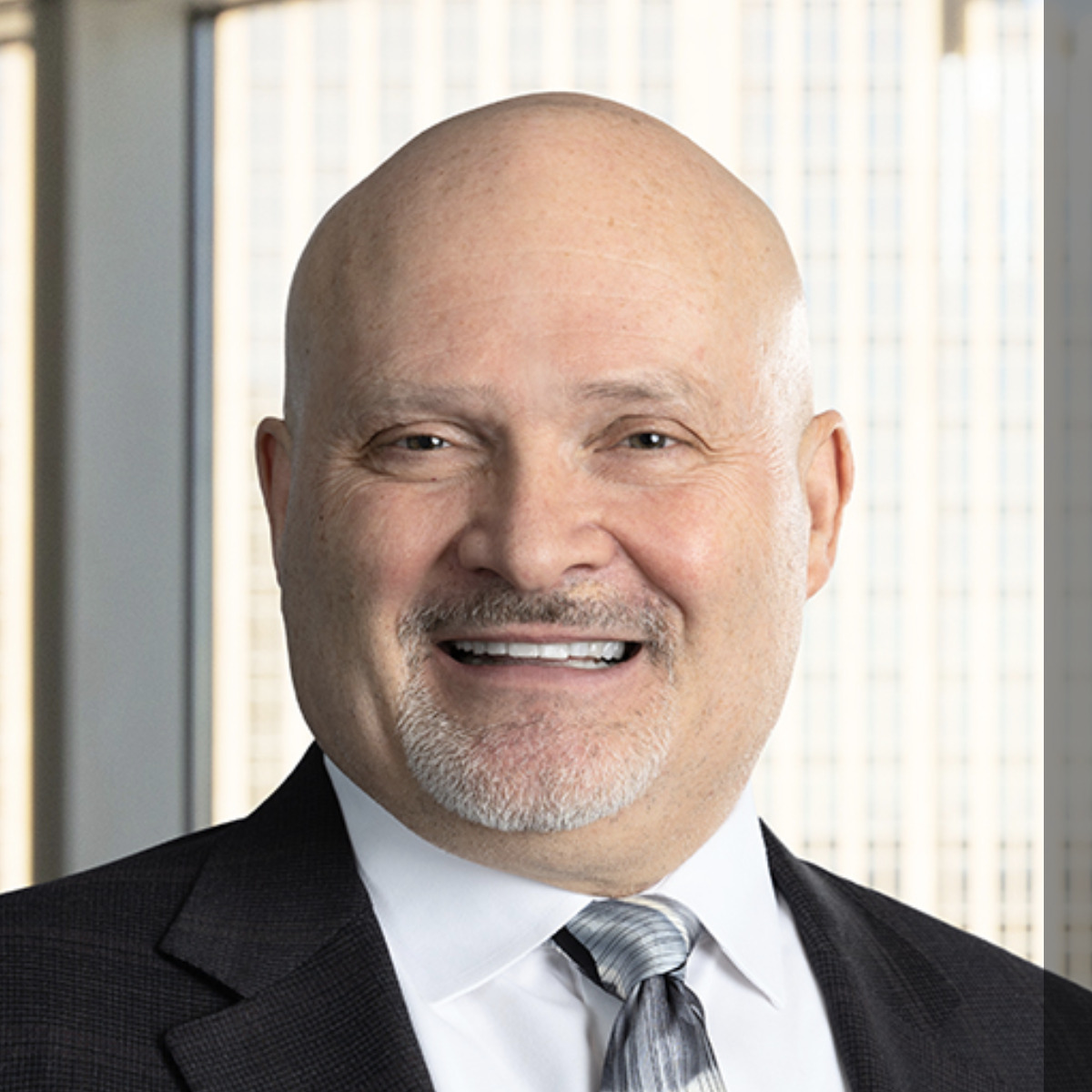
Brad D. Pedersen
Chief Strategy and Legal Officer
EnQuanta
Brad Pedersen is currently Chief Strategy and Legal Officer for EnQuanta, a company that provides unique biometrics and quantum technology solutions to address evolving cyber-threats.
Prior to joining EnQuanta, Brad was a Partner in the Minneapolis office of Barnes & Thornburg, LLP, where his primary focus areas included a post-issuance review proceedings of the U.S. Patent and Trademark Office (USPTO), patent prosecution strategy, licensing, and clearance work in high-tech, computer, software and medical device technologies.
With more than 35 years of experience, Brad has successfully represented companies in inter partes review (IPR) proceedings, interferences and reexaminations. He has written and prosecuted more than 1,000 patents and has served both as litigation/contested matter counsel, and as an expert witness assisting trial counsel.
Brad is a named an inventor on more than two dozen issued U.S. patents on technologies ranging from medical devices to unmanned aircraft. He is also well-known for his work on the America Invents Act (AIA) as a co-author of a Bloomberg BNA treatise and a frequent commentator and presenter on the various rule packages enacted by the USPTO to implement the AIA.
Prior to joining Barnes & Thornburg, he served as a partner and chair of the patent practice at a boutique intellectual property law firm, where he practiced for more than 25 years. He also served as in-house counsel for a medical technology startup, and he began his career in the patent group of a general practice firm.


![[IPWatchdog Logo]](https://ipwatchdog.com/wp-content/themes/IPWatchdog%20-%202023/assets/images/temp/logo-small@2x.png)